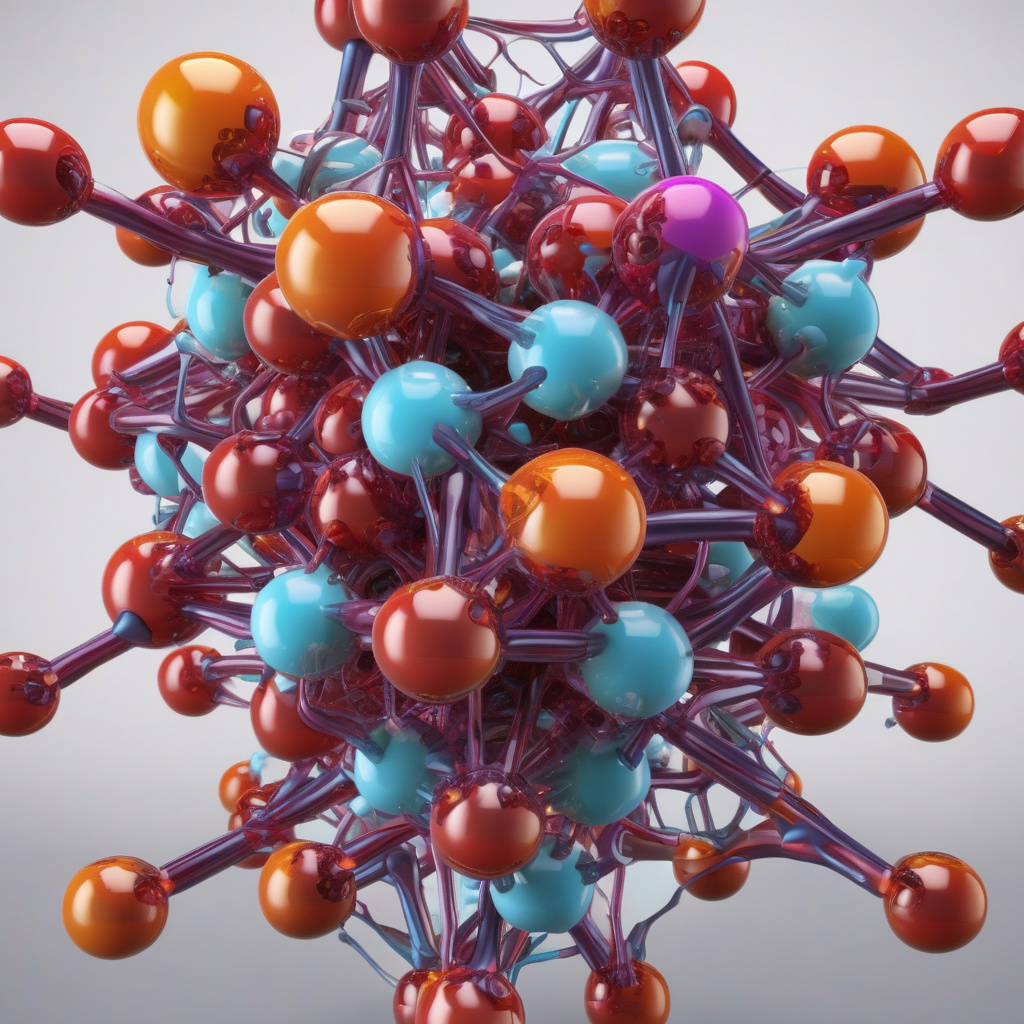Custom-built molecule stores four charges, advancing artificial photosynthesis quest
Artificial photosynthesis may be closer than you think. Scientists at the University of Basel have made a significant breakthrough in the quest for efficient artificial photosynthesis by developing a custom-built molecule capable of storing four charges. This pioneering development opens up new possibilities for harnessing sunlight to produce clean energy on a scale never seen before.
The molecule, designed by a team of researchers led by Professor Bernd Wenger, is a molecular tetrad that can sequentially store up to four electrons generated during the process of artificial photosynthesis. This ability to store multiple charges is crucial for the efficient conversion of solar energy into chemical energy, mimicking the natural process of photosynthesis in plants.
One of the key challenges in artificial photosynthesis is the efficient capture and storage of solar energy. Traditional solar cells can only store one charge per photon, limiting their overall efficiency. By developing a molecule that can store multiple charges, the researchers at the University of Basel have overcome this limitation, paving the way for more efficient solar energy conversion.
The custom-built molecule consists of a central core surrounded by four light-absorbing units that can each store an electron. This unique design allows the molecule to capture and store a larger amount of solar energy, making it an ideal candidate for use in artificial photosynthesis systems.
In addition to its high charge storage capacity, the molecule is also robust and long-lasting, making it suitable for practical applications. This durability is essential for the development of commercial artificial photosynthesis technologies that can operate efficiently for extended periods.
The potential applications of this custom-built molecule are vast. It could be used to create artificial photosynthesis systems that produce clean fuels such as hydrogen from sunlight and water, offering a sustainable alternative to fossil fuels. Additionally, the molecule could find use in energy storage technologies, helping to address the intermittent nature of renewable energy sources like solar and wind power.
The development of this custom-built molecule represents a significant step forward in the field of artificial photosynthesis. By overcoming key challenges in solar energy conversion, the researchers at the University of Basel have brought the prospect of efficient, scalable artificial photosynthesis closer to reality.
As we look to a future powered by clean, renewable energy sources, innovations like the custom-built molecule developed at the University of Basel will play a crucial role in shaping the energy landscape. With continued research and development, artificial photosynthesis may soon become a viable and sustainable solution to our growing energy needs.
In conclusion, the custom-built molecule capable of storing four charges marks a major advancement in the quest for efficient artificial photosynthesis. Its high charge storage capacity, durability, and potential applications make it a promising candidate for the development of next-generation solar energy technologies. With further refinement and investment, artificial photosynthesis could revolutionize the way we harness and utilize solar energy, paving the way for a more sustainable future.
#ArtificialPhotosynthesis, #CleanEnergy, #SolarPower, #RenewableEnergy, #Innovation












